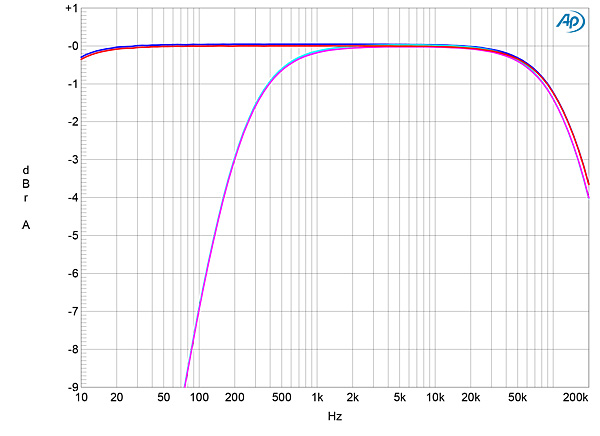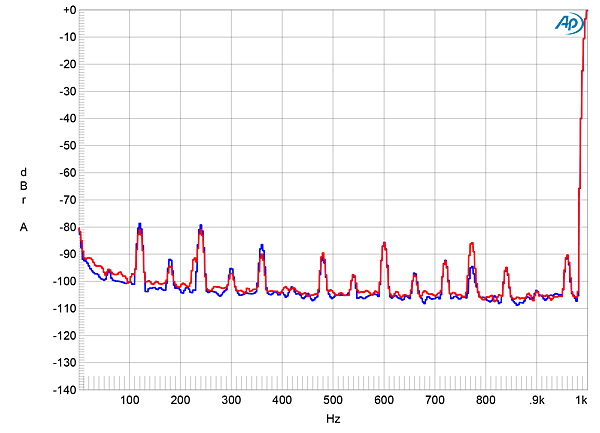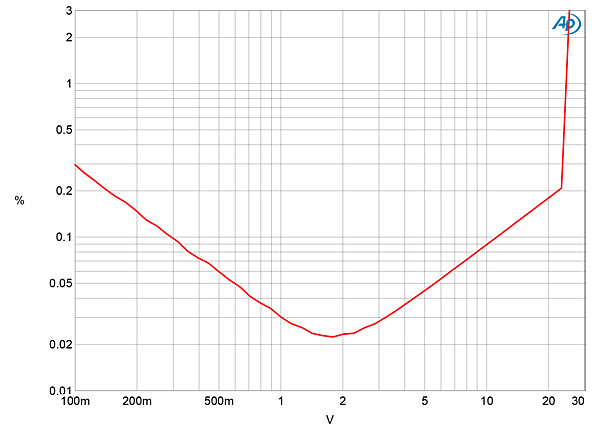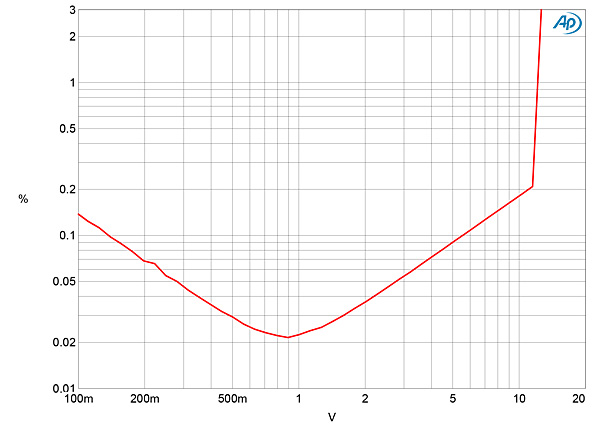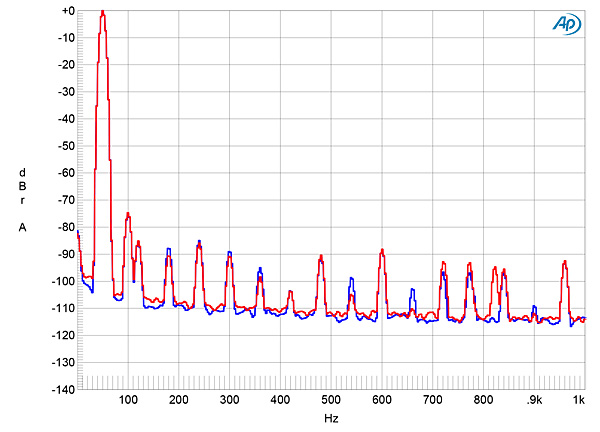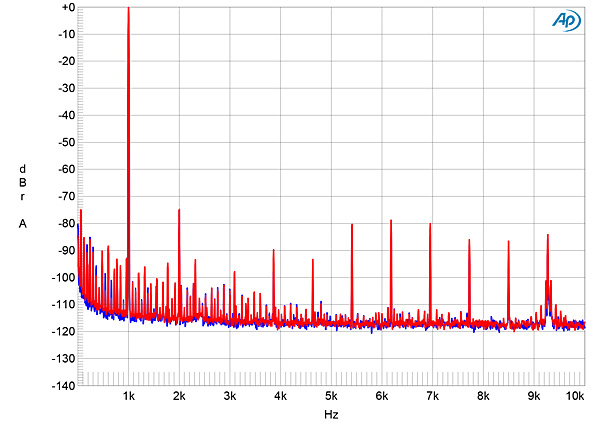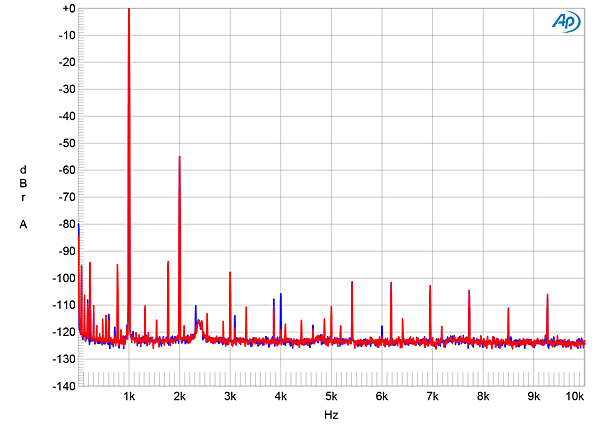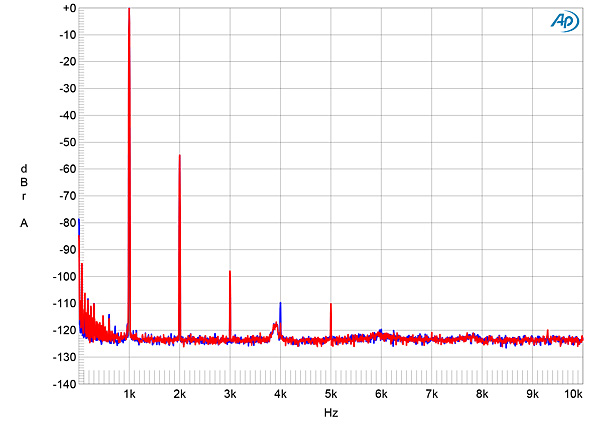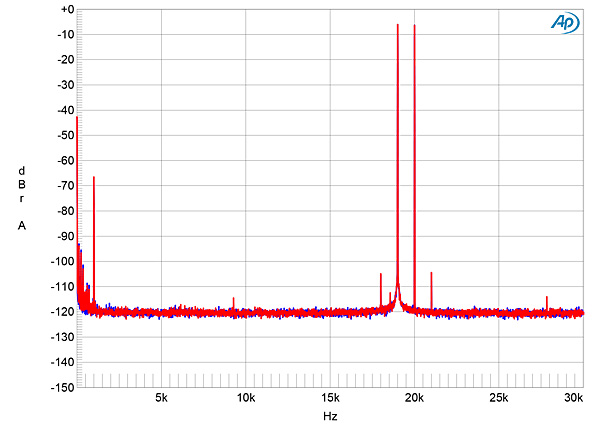| Columns Retired Columns & Blogs |
Azure is an expensive type of Blue, almost Lapis Lazuli. Isn't it.
For $ 5 Grand I'm wondering why they didn't use variable color LEDs like Chord would use? Maybe they're Old-School "Blue" is pricy and rare type designers.
But...
...they sure did use "thru-hole" Circuit Boards which are far more repairable than those dam surface Mount boards which require High Magnification Surgery Tools ( and sober hands ) to repair.
"Alert & Water" as descriptives are a "First" in Audio Reviewing but "Transparent" is now Officially Worn-Out and can safely be discarded along with Carbon Fibre Record Cleaning Brushes.
Does this design present Musical Density along with it's Alertness?
Dam fine Five Star Appraisal here, bloating with exotic visuals that leave me in a Psychotic "tube rolling" wonderment.
Each HR writing is like a Sunset over the Gulf of Mexico: differing "colorings and flavorings", always beautiful and memorable .
Tony in Michigan
ps. the Audiophiliac is writing & explaining the New Rules Now.
ps. 2) Shabby Suits & used record stores in florida are Audio's version of Amish
